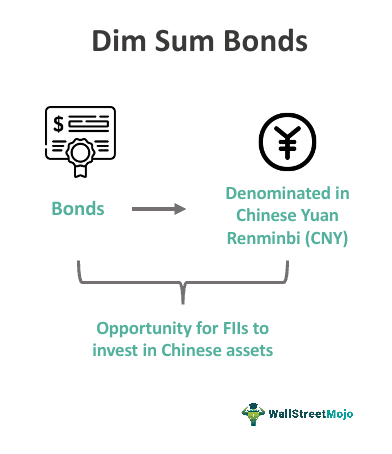Alright, let’s talk about Dim Sum bonds and Panda bonds. I remember getting tangled up with these two a while back. It wasn’t for some fancy finance exam, just trying to make sense of some news reports and figure out where money was actually flowing.

Getting Started: What’s the Deal?
So, I first started seeing these terms pop up more often. Dim Sum bonds, Panda bonds… sounded like menu items, honestly. My first step was just trying to pin down what they were. I grabbed a notepad, figuratively speaking, more like opened a blank document, and started jotting down the basics I could find.
I quickly realized both involved China’s currency, the Yuan (or Renminbi, RMB). That seemed to be the common thread. But why two different names? That’s where I started digging.
The Sorting Process: Location, Location, Location
I began pulling up info, reading articles, trying to connect the dots. It wasn’t super straightforward at first, lots of finance speak. But I pushed through, looking for the plain English version.
Here’s what I pieced together through my digging:
- Dim Sum Bonds: I found out these are issued outside of mainland China. Hong Kong seemed to be the big spot for them. The key thing I noted was the currency – it’s Chinese Yuan, but the offshore kind (often called CNH). So, a non-Chinese company, or even a Chinese one, could issue these bonds in Hong Kong, denominated in Yuan, for international investors. I looked up some examples, saw companies raising funds this way.
- Panda Bonds: Then I turned to Panda bonds. This one felt like the opposite side of the coin. These are issued inside mainland China. But here’s the twist I latched onto: they are issued by foreign entities. Foreign companies or international organizations wanting to raise money directly within China’s mainland market, using China’s onshore Yuan (CNY). Getting approval for this seemed like a whole process, based on what I read.
Putting it Together: The “Aha!” Moment
It finally clicked. It wasn’t just about the currency, though that was part of it (offshore CNH vs onshore CNY). The real practical difference I zeroed in on was:

Where is the bond sold?
- Dim Sum = Outside mainland China (Think Hong Kong mostly)
- Panda = Inside mainland China
Who is issuing it (typically)?
- Dim Sum = Could be Chinese or foreign entities, selling outside mainland China.
- Panda = Foreign entities selling inside mainland China.
So, Dim Sum bonds were about using Yuan outside its home turf, kind of like an international Yuan bond market. Panda bonds were about foreigners coming into China’s home market to borrow Yuan.
Why Bother? My Practical Takeaway
Why did I spend time figuring this out? Well, I was trying to follow where international companies were raising money and how China’s currency was being used globally versus domestically. It helped me understand news about capital flows better. Seeing a surge in Panda bond issuance told me something different about foreign confidence in China’s domestic market compared to seeing Dim Sum bond activity.
It sounds simple now, but wading through the initial confusion took some effort. Just trying to separate these two similar-sounding things helped me get a clearer picture of how money moves across borders, especially involving China. It wasn’t rocket science, just needed to break it down piece by piece based on who was doing what, and where.

